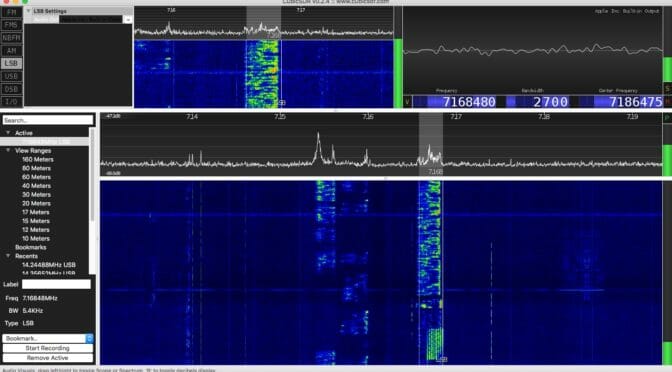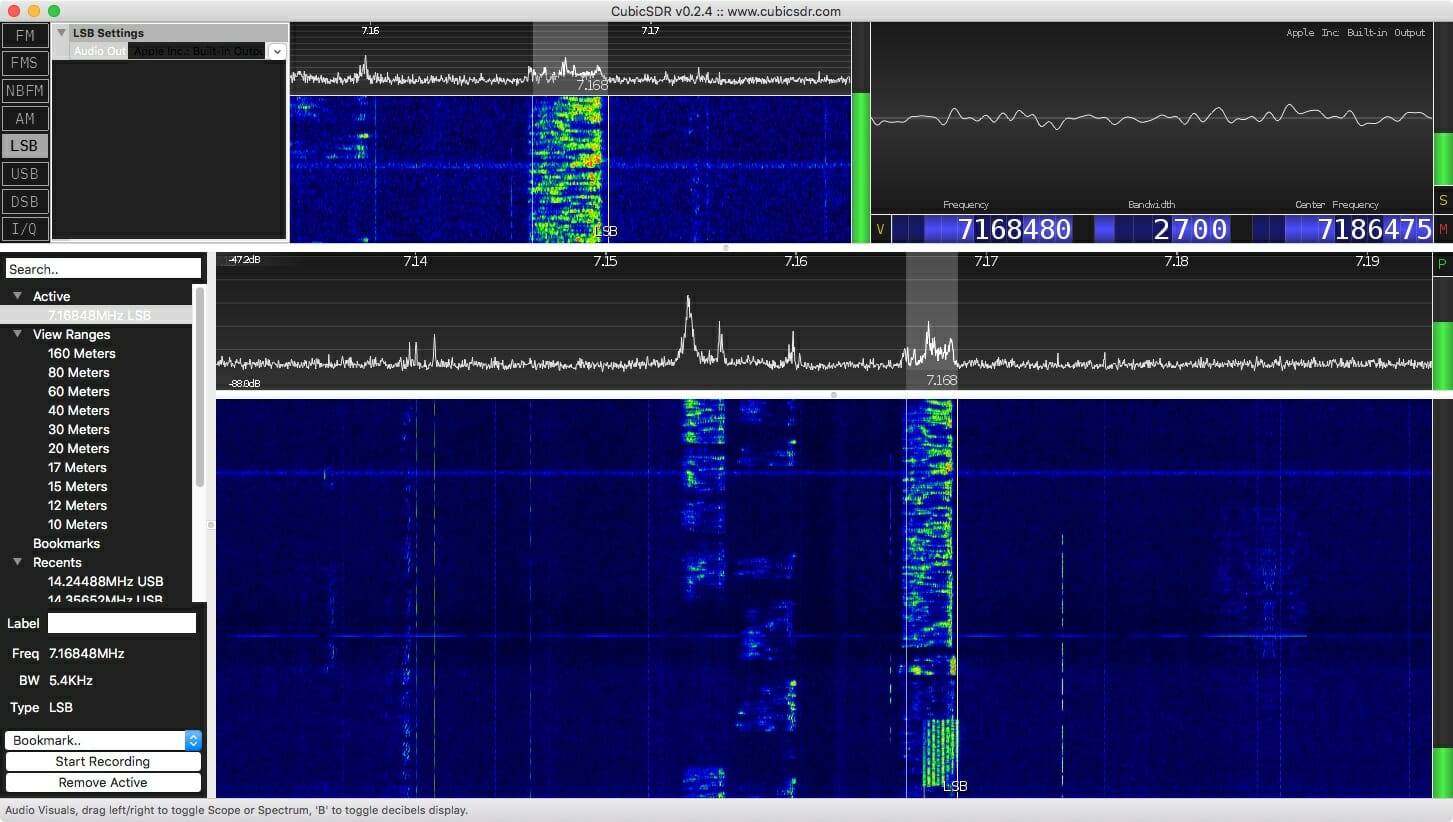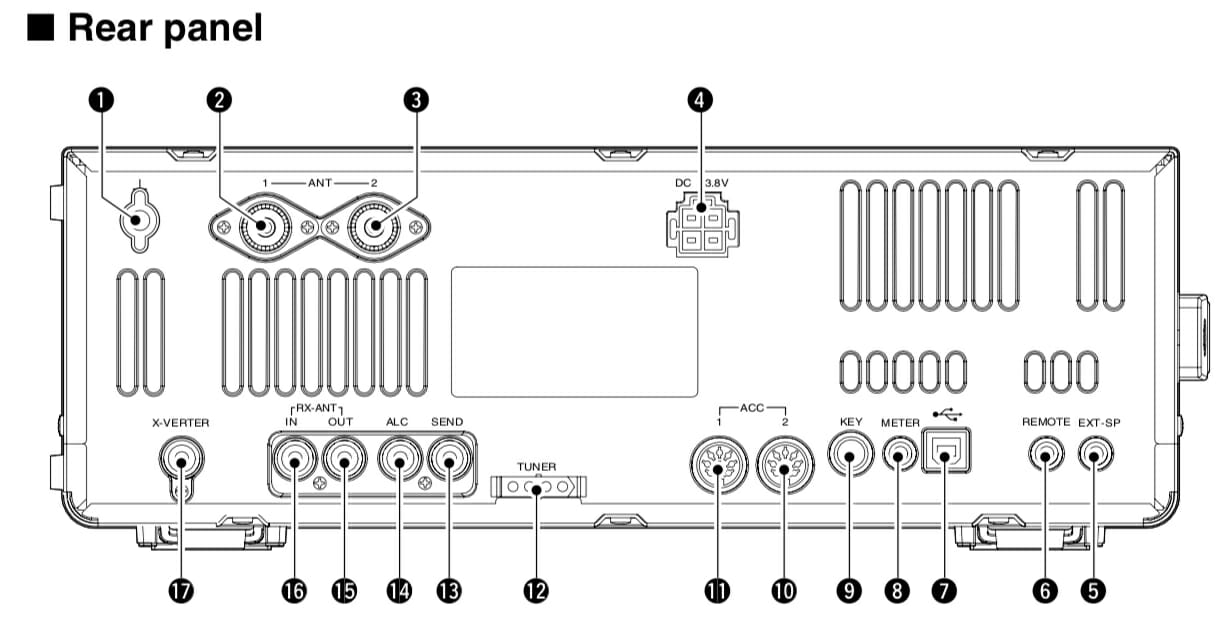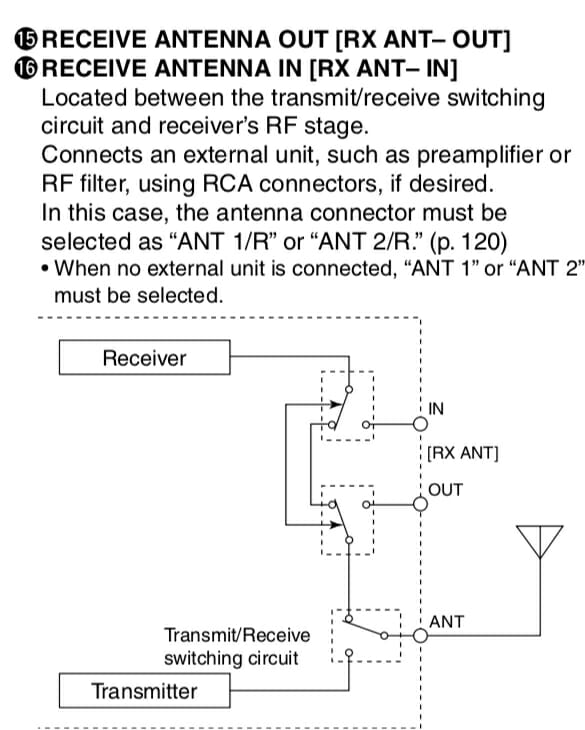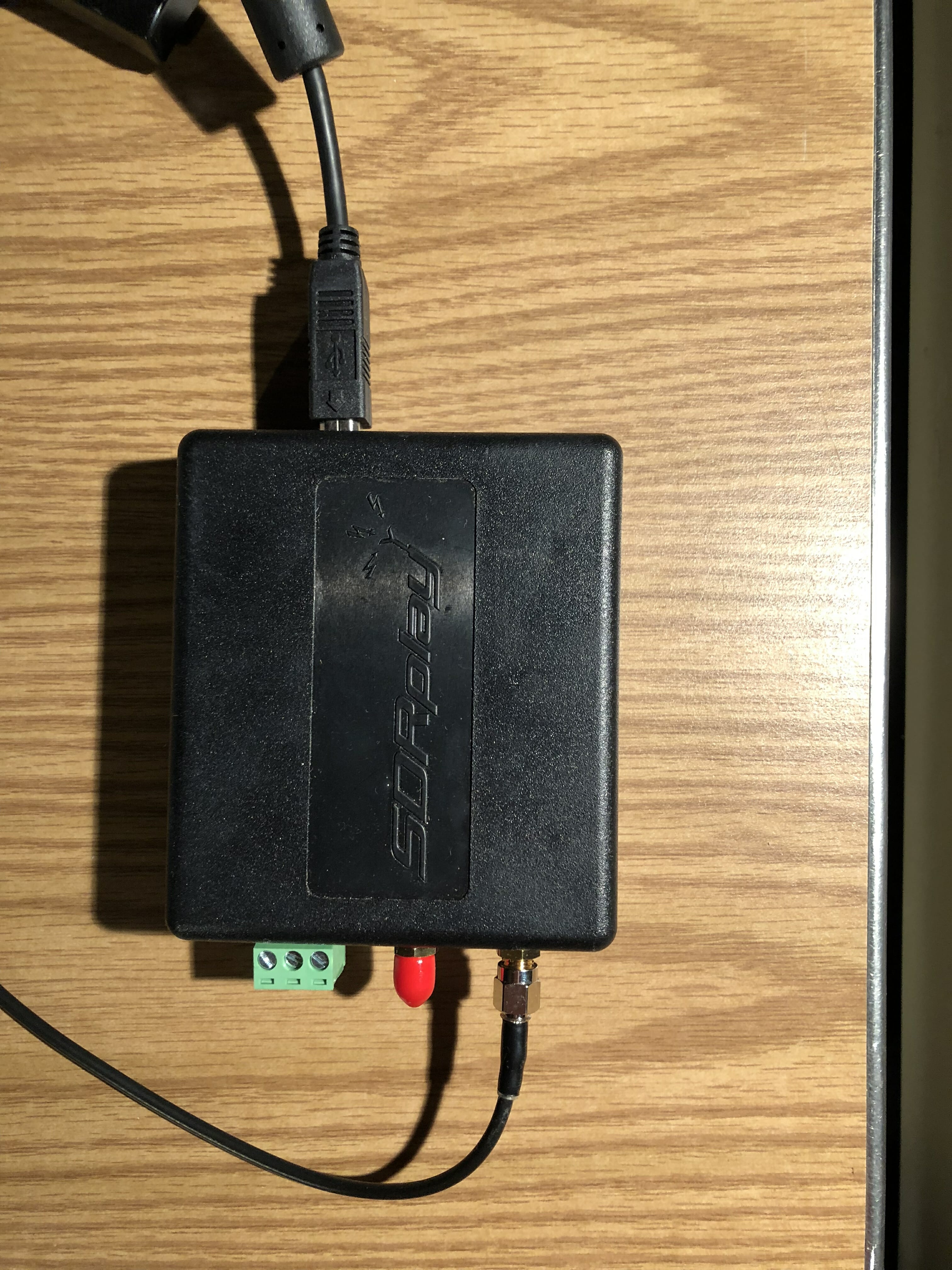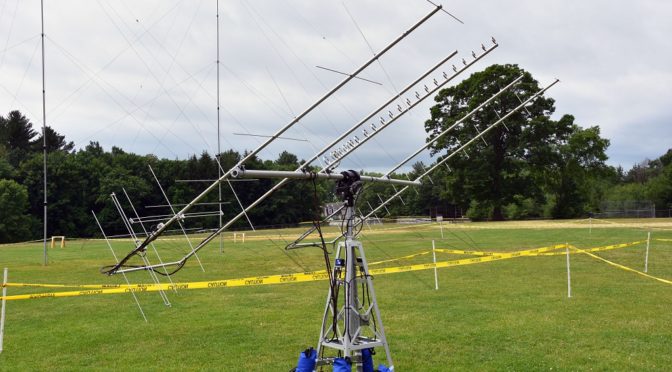We are again working with Hudson Memorial School on a High-Altitude Balloon (HAB) Project. Dan Pooler, AC1EN and Adam Goldstein, KC1KBZ have completed most of the classroom instruction in preparation for a HAB-4 launch and we are now looking for a suitable set of conditions to launch! We have begun final HAB launch prep which includes some modifications to the flight platform to improve its cold temperature performance.
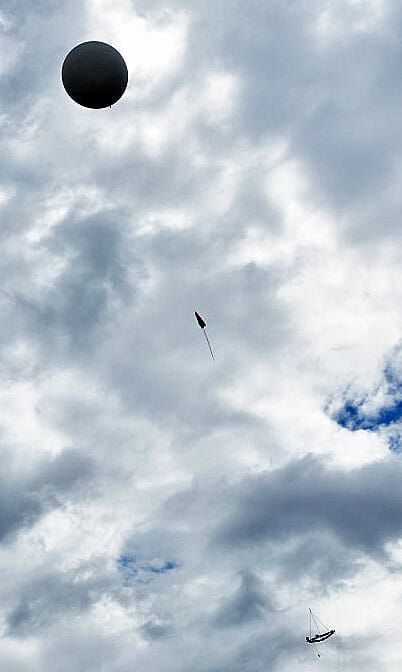
We’ve established a set of windows for a possible launch of HAB-4 as follows:
- Oct 20 or Oct 21 (Sat or Sun) – this coming weekend
- Oct 27 or Oct 28 (Sat or Sun)
- Nov 10 or Nov 11 (Sat or Sun)
We’ve also begun the final preparations for HAB-4’s launch
HAB Launch Prep
We’ve had some problems with very cold temperatures stopping our GoPro video cameras on the HAB during HAB-2 and HAB-3’s flights.
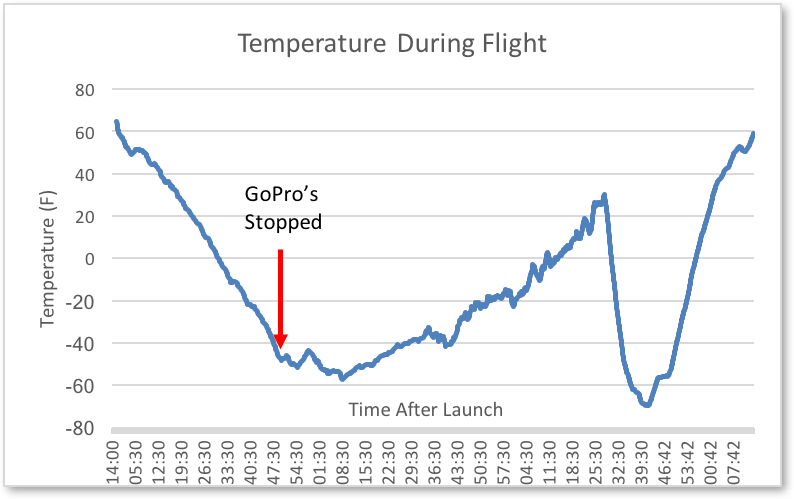
We saw temperatures of -60° F and lower during our last two flights. The cameras will function to about -40°F so we need an insulation and heating system that can keep the cameras warmer than this for the 30 to 45 minutes when the coldest temperatures are present.
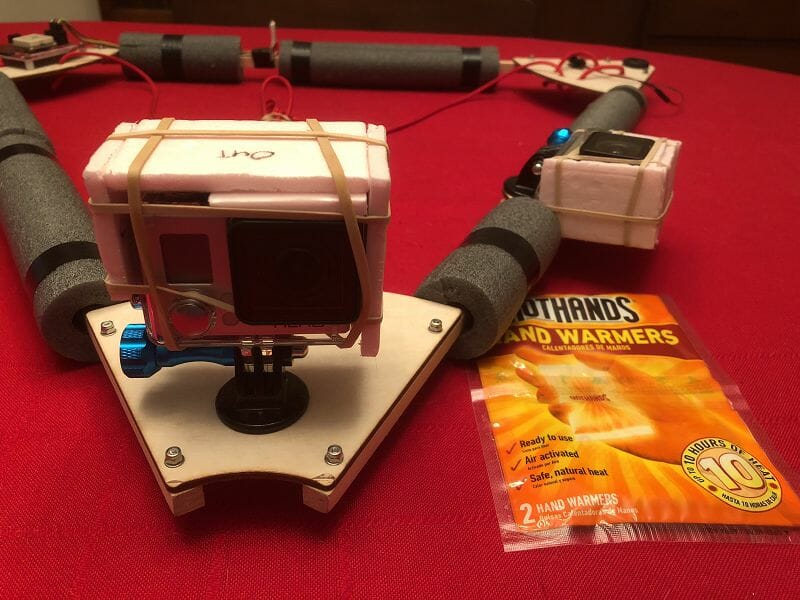
We’ve come up with a simple insulating and heating system for our cameras in an attempt to mitigate the cold temperature problems. Our approach is to attach a small hand warmer to the back of each camera and then insulate them to keep the heat from the warmers and the camera batteries in the camera case. We’ve also moved to sealed camera cases which should help to keep the heat inside the assembly. Our solution is lightweight and only adds about 25 grams to the weight of each camera.
With these modifications in place, we’ve carefully weighed all of the components of the HAB and determined that the launch weight for HAB-4 will be 930 grams.
Balloon Performance Parameters
With the final weight of HAB-4 established, we can use a Balloon Performance Calculator to determine the ascent time and burst altitude for HAB-4.
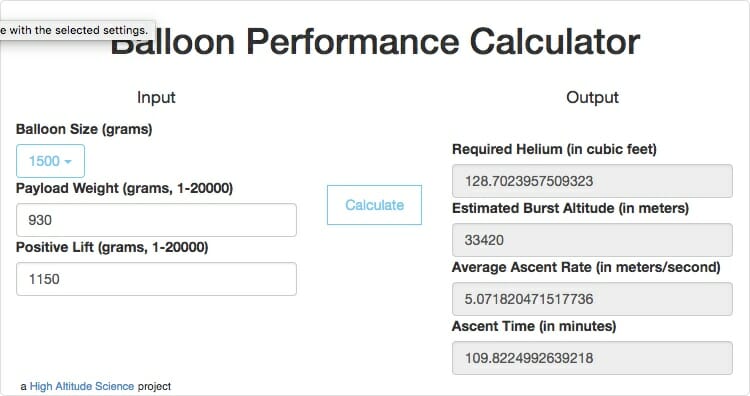
We need to hold the ascent time to under 110 mins to ensure that the GoPro camera batteries on the HAB have enough capacity to operate the cameras throughout the flight. With a positive lift of 1,150 grams, HAB-4 should reach an altitude of 33,420 meters (approx. 109,600 ft) and the ascent should last a little under the target 110 minutes.
Flight Path Predictions
We typically launch from the Elementary School in Winchester, NH which is in the western part of the state.
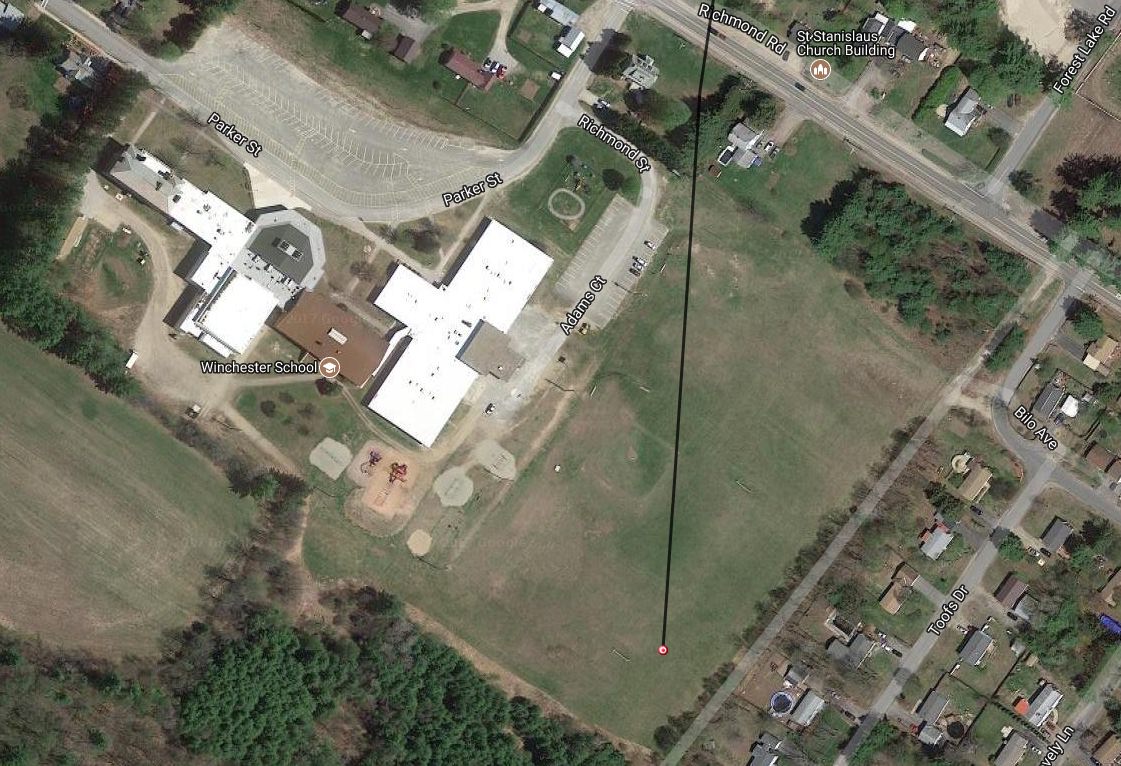
Winchester is far enough west of the coastline to keep the HAB from landing the ocean when Jetstream winds are quiet to moderate.

We use on an online HAB flight path prediction tool which takes Jetstream and ground weather forecasts into account and uses our HAB’s flight parameters to predict our HAB’s flight path. The Jetstream forecasts are not very accurate until a few days before the launch so we need run daily path predictions for about a week before a possible launch date to see whether we can launch on a given date. As you can see from the above prediction, we are not yet in a position to launch this coming Sunday but the forecasts are improving.
Testing the Flight Platform
The final steps in launch preparation are to test the electronics on the HAB’s flight platform to ensure that everything is working, clear the Camera and Flight Computer SD memory cards, and charge/replace all of the batteries.
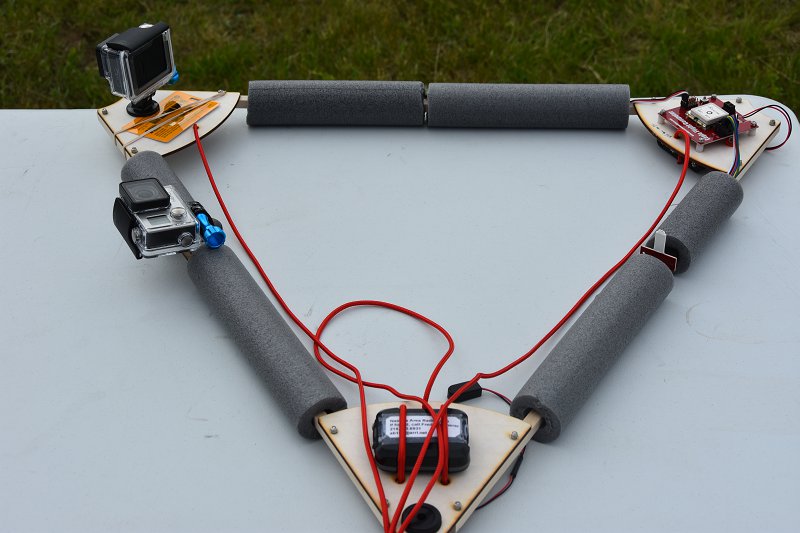
These steps are currently underway. When these steps are complete and we have favorable Jetstream and ground weather conditions, we’ll be ready to launch
We will continue to post updates as we countdown to the HAB-4 launch. All members and friends of the Nashua Area Radio Society at invited to attend the launch and everyone can track the HAB using aprs.fi as it flies.
Fred, AB1OC


